Drooping leaves on my rubber plant. Help!
ladybuglover15
9 years ago
Featured Answer
Comments (30)
ladybuglover15
9 years agoRelated Discussions
What is on my rubber plant leaves?
Comments (6)Oedema is a common problem, especially in the variegated variations of several species of Ficus. It occurs primarily as a result of over-watering, but light and humidity levels at the time of over-watering, as well as temperature and nutritional considerations, all have their impact on severity of the symptoms. There is no need to mist your plants. First, it raises humidity for maybe 10 minutes if you're lucky. That leaves 1,430 minutes of the day where humidity is what it is - unaffected. Also, Ficus is a genus well-protected against transpirational loss of moisture in dry conditions by its thick, leathery leaves and the plenitude of cuticular waxes in leaf derma. I'll leave you a link that was written to help with the cultural considerations of maintaining Ficus in containers for the long term. If you find that helpful, and want to read more about maintaining trees (in general) in containers for the long haul, let me know. It goes into more detail. Al Here is a link that might be useful: More about Ficus in containers if you click me .......See MoreA leave on my Aloe plant is drooping & soft leaves...help!
Comments (1)Check the roots, either it is not getting enough water, it has roted, bugs got it a rat dug it out, a dog peed on it. too much sun. wrong soil, to much fertilizer, not enough fertilizer at the right time. It has gone dormant. etc etc. I can't see your plant dig it out and start over, they are summer growers where I live and start to flower in Jan. many of them still flowering depending on the species. Mine as flowsered a set seed already. Glad to help if you give me more inforamtion. There are very sharp people on this forum, Species name will be of help, if purchased at home depot, or any of the like stors, or purchased recently, it may have been a sick plant when you got it. If planted in situ, the soil may be sick. It is a tiny little plant in a four inch pot, it just didn't have room to grow and not enough new mix for it to last a year. It's a crap shoot with the information that you provided....See MoreRubber Plant Dying - Drooping Leaves
Comments (17)Matt - that one plant tolerates what's killing others in the same pot is something less than a reason to think it's appropriate. Your problem is likely a combination of soil choice and watering before the plant really needs watering. There ARE some things you can do with conventional containers to reduce water retention, but that's not a conventional container. Reducing water retention and a little less exuberance from the quarter of the plant tender would likely go a long way toward at least changing the pot/soil/watering habit combination from potentially deadly to something the plant will tolerate. You might find this helpful. Al...See MoreBrown spots and drooping leaves on my Bird of Paradise, help!
Comments (3)Hi, I also have the exact same problem. Would love to know if either of you figured this out! I did find some spider mites on my plant and have been treating it for them, but I'm not sure if that's just another problem or the reason why. I also did worry that mine was getting burned in the sun, but from everything I read, they are supposed to be very tolerant of direct sunlight. Thank you!...See Moreladybuglover15
9 years agoJessica Lopez
8 years agotapla (mid-Michigan, USDA z5b-6a)
8 years agokoorosh namazi
4 years agolast modified: 4 years agoHU-941160312
4 years agolast modified: 4 years agoKarenS, NYC
4 years agoHU-941160312
4 years agoKarenS, NYC
4 years agotapla (mid-Michigan, USDA z5b-6a)
4 years agolast modified: 4 years agoHU-875805641
3 years agolast modified: 3 years agotapla (mid-Michigan, USDA z5b-6a)
3 years agolast modified: 3 years agoRichelle Ramirez
3 years agotapla (mid-Michigan, USDA z5b-6a)
3 years agoPayal Deshmukh
3 years agoPayal Deshmukh
3 years agoChristian Mendoza
3 years agolast modified: 3 years agosomya nayak
3 years agotapla (mid-Michigan, USDA z5b-6a)
3 years agosomya nayak
3 years agoHU-677229853
3 years agoRohith Iyyappan
2 years agotapla (mid-Michigan, USDA z5b-6a)
2 years agolast modified: 2 years agoMegan Strobel
2 years agoTiffany, purpleinopp Z8b Opp, AL
2 years agoMegan Strobel
2 years agoFarooq Ahsan
2 years agoFarooq Ahsan
2 years ago
Related Stories

FLOWERS AND PLANTSHelp Monarchs and Other Butterflies by Planting Common Milkweed
Summer-blooming Asclepias syriaca is an important larval host plant for the monarch butterfly and attracts a number of pollinating insects
Full Story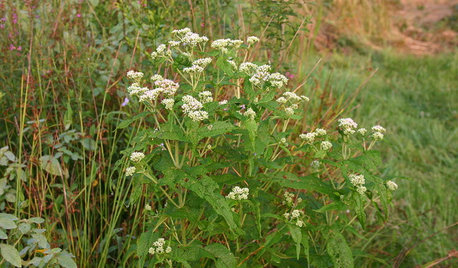
GARDENING GUIDESGreat Design Plant: Common Boneset Helps Good Bugs Thrive
Support bees, moths and butterflies with the nectar of this low-maintenance, versatile and tactile prairie-style plant
Full Story
SELLING YOUR HOUSE10 Low-Cost Tweaks to Help Your Home Sell
Put these inexpensive but invaluable fixes on your to-do list before you put your home on the market
Full Story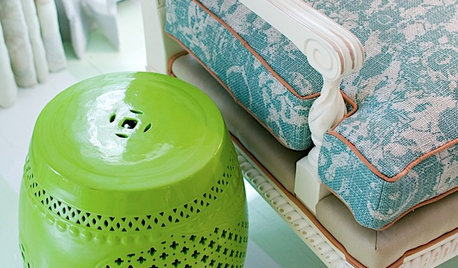
DECORATING GUIDESThe Most Helpful Furniture Piece You May Ever Own
Use it as a table, a seat, a display space, a footrest ... and indoors or out. Meet the ever-versatile Chinese garden stool
Full Story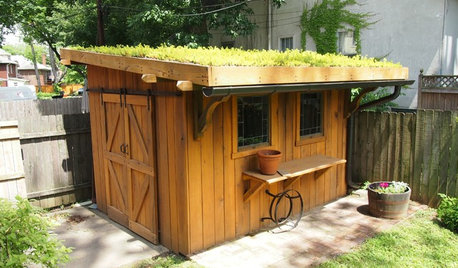
OUTBUILDINGSA Kentucky Garden Shed With a Planted Roof
Sedums help prevent runoff and add a green touch to this charming backyard building
Full Story
HOUSEPLANTS8 Essentials for Healthy Indoor Plants
Houseplants add so much to our homes — and can thrive when grown in the right conditions. Keep these tips in mind
Full Story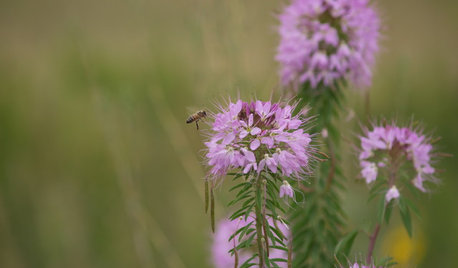
GARDENING GUIDESGreat Design Plant: Cleome Serrulata
Beckon bees and other pollinators in for a drink of nectar from this western U.S. native’s late-summer flowers
Full Story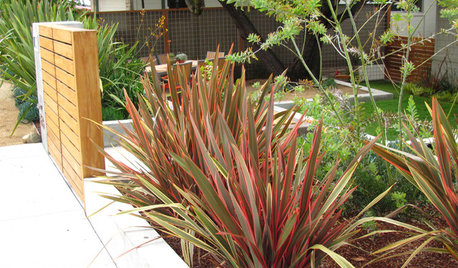
RED FOLIAGEGreat Design Plant: New Zealand Flax
A commanding presence, year-round foliage and a hardy nature make flax a winner in the landscape even in fall and winter
Full Story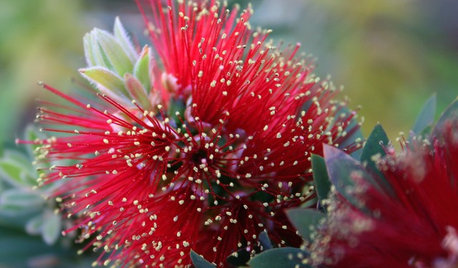
GARDENING GUIDESGreat Design Plant: Velvety Dwarf Bottlebrush Beckons a Touch
Brilliant red blooms and inviting textures will capture your heart, but the low maintenance and small size will win over your practical side
Full Story
GARDENING FOR BUTTERFLIESGreat Design Plant: Aromatic Aster Keeps on Blooming
Tough as nails, drought loving, a deep fall bloomer ... this aster is a champ in sunny gardens
Full Story


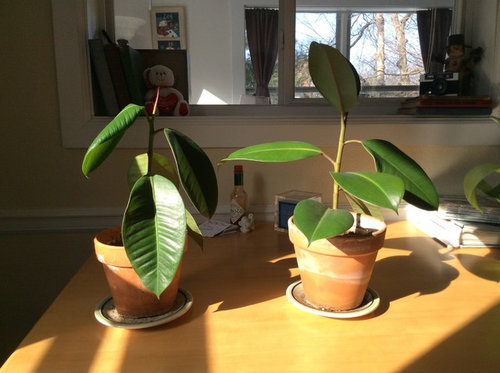
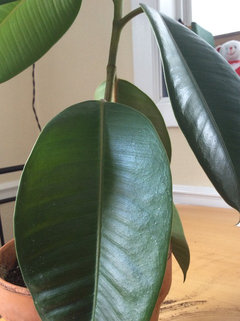
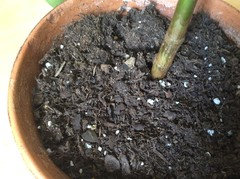
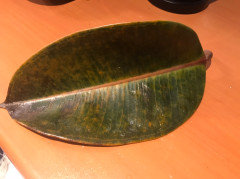
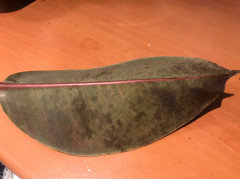
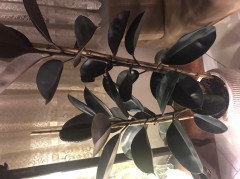
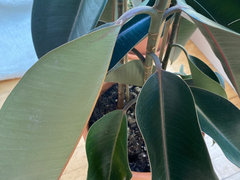
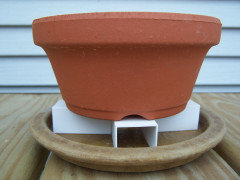
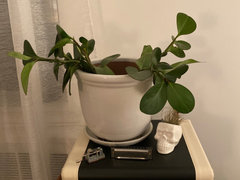
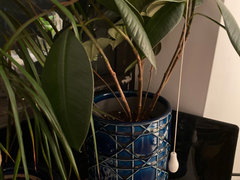
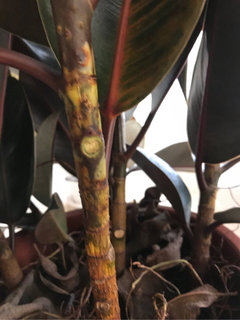
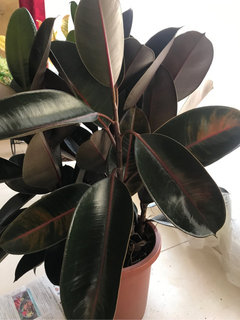
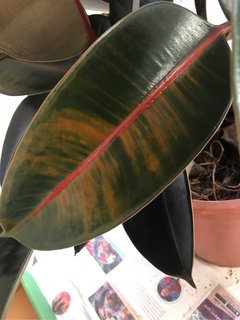
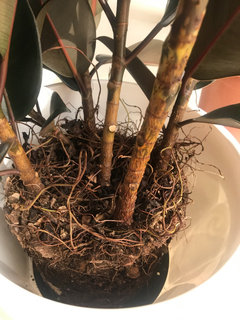
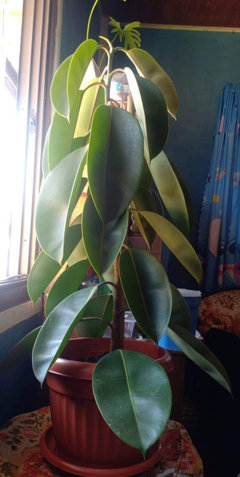
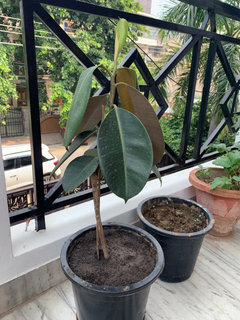
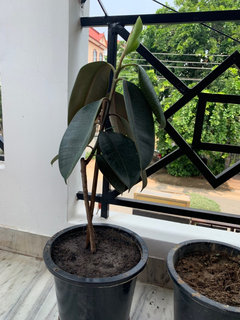
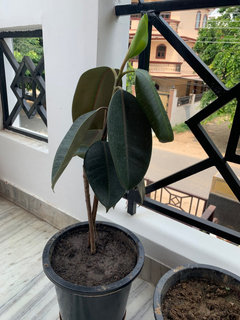
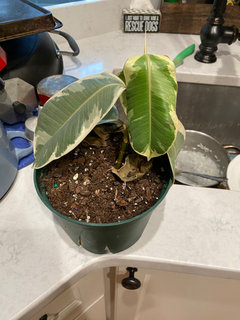
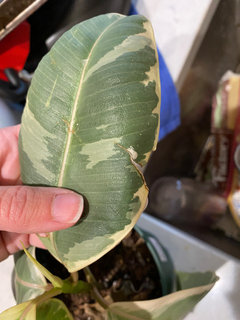


tapla (mid-Michigan, USDA z5b-6a)